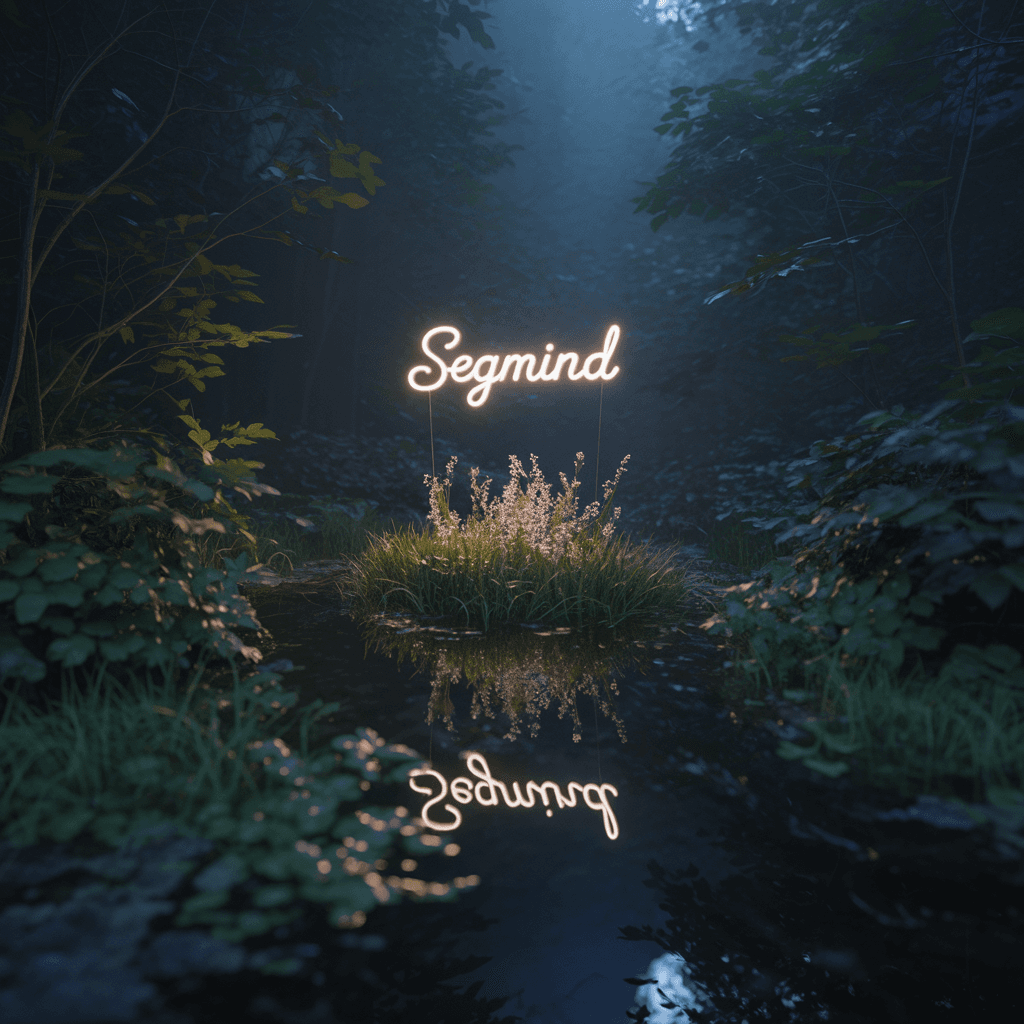
Discovering Ideogram 3.0: Empowering Developers and Creators
Released on March 26, 2025, Ideogram 3.0 offers groundbreaking text-to-image AI advancements for developers and creators. This iteration stands out with enhanced features, focusing on photorealistic rendering, superior text integration, and enhanced creative direction.
Key Advancements for Developers
Developers will appreciate Ideogram 3.0's improved API, facilitating seamless integration into diverse workflows. The model's enhanced visual fidelity is evident in its depiction of human figures and complex textures, perfect for applications requiring high-quality image generation. With the inclusion of diverse ethnic representation, developers can create more inclusive and realistic digital content. The model's remarkable typography capabilities allow for the generation of intricate textual layouts ideal for professional-grade outputs like logos and marketing materials. Integrating these features into web and UI design projects can significantly improve user experience and project execution speed.
Creative Opportunities for Designers
For creators, Ideogram 3.0 unlocks new artistic possibilities. It empowers users to apply style references from 4.3 billion presets, ensuring aesthetic consistency across projects. The ability to experiment with the random style feature and save preferred styles through Style Codes enhances creative workflow flexibility. This allows for efficient production of cohesive brand materials, compelling marketing visuals, and diverse digital content. The effortless synthesis of style control with advanced photorealism supports creators in crafting visually striking content that resonates with varied audiences.
Strategic Implementation
To maximize Ideogram 3.0's potential, users should leverage its batch generation capabilities for efficient content scaling and diversity in representations. By optimizing text prompts and utilizing style references, professionals can maintain aesthetic consistency, ensuring each project meets its unique stylistic and representational needs.
Mastering Ideogram 3.0: A Quick-Start Guide
Ideogram 3.0 delivers industry-leading photorealism, advanced typography, and seamless style control. Use this guide to craft precise prompts, optimize parameters for different workflows, and unlock the full potential of text-to-image generation.
1. Crafting Your Prompt
• Be specific: include subject, environment, mood, lighting, and focal details (“A modern workspace with wooden desk, soft afternoon light, potted succulents, and MacBook Pro”).
• Leverage positive and negative prompts: highlight what you want, then exclude unwanted elements (“No clutter, no people”).
• Use Magic Prompt (AUTO/ON) for complex scenes; switch OFF when you need full manual control.
2. Core Parameters Overview
• Resolution (e.g. 1024x1024): higher → more detail; lower → faster.
• Aspect Ratio (1x1, 16x9, etc.): frame your composition for social, widescreen, or print.
• Rendering Speed (TURBO, DEFAULT, QUALITY): balance speed vs. fidelity.
• Seed: fix for reproducible results; omit for endless variations.
• Style Type (REALISTIC, DESIGN, GENERAL): match your creative intent.
• Color Palette: choose predefined or custom hex values to enforce brand colors.
• Style Codes: save or apply codes from prior runs for consistent aesthetics.
3. Use-Case Parameter Recipes
-
Photorealistic Marketing & Advertising (Brand Assets)
- Resolution:
1536x640or1536x576 - Aspect Ratio:
16x9or4x3 - Rendering Speed:
QUALITY - Magic Prompt:
ON - Style Type:
REALISTIC - Color Palette: Your brand’s hex values
- Negative Prompt: “No noise, no distortion”
- Resolution:
-
Rapid Concept Sketches & Prototyping
- Resolution:
832x1024or896x1152 - Aspect Ratio:
3x4or2x3 - Rendering Speed:
TURBO - Magic Prompt:
AUTO - Style Type:
GENERAL - Seed: omit for varied outputs
- Resolution:
-
Typography & Logo Design
- Resolution:
1024x1024 - Aspect Ratio:
1x1 - Rendering Speed:
DEFAULT - Magic Prompt:
OFF - Style Type:
DESIGN - Include explicit text in prompt and adjust negative prompt: “No background patterns”
- Resolution:
-
Cinematic Scene Generation
- Resolution:
1280x704or1408x576 - Aspect Ratio:
16x9or21x9(via cropping) - Rendering Speed:
QUALITY - Magic Prompt:
ON - Style Type:
REALISTIC - Use Style Codes for filmic LUTs
- Resolution:
4. Pro Tips
• Batch requests: generate 4–8 variants per batch to explore diversity.
• Lock a seed and tweak one parameter at a time for controlled A/B testing.
• Save and reapply Style Codes to maintain visual cohesion across campaigns.
By combining careful prompt construction with targeted parameter settings, Ideogram 3.0 becomes your powerhouse for high-quality, consistent, and efficient image creation.



